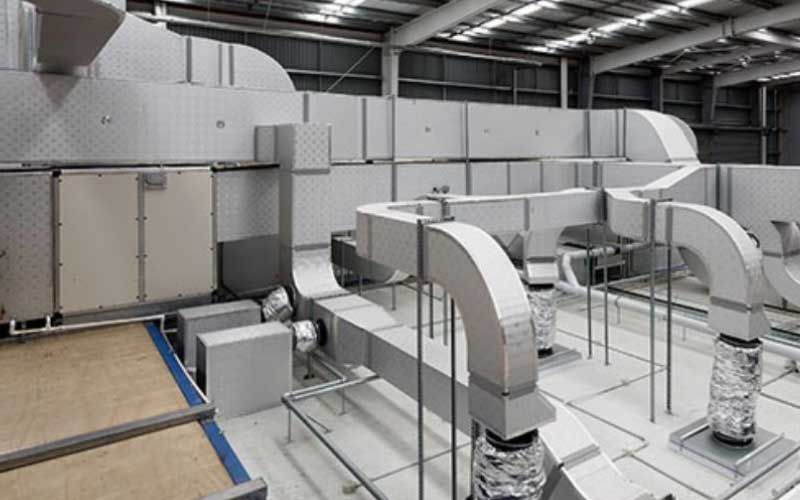Air ducts play a critical role in the efficient operation of your HVAC system. Over time, air ducts can become dirty and clogged with dust, dirt, and debris, which can impact the efficiency of your system and the quality of the air inside your home or business. Regular air duct cleaning and testing can help identify and prevent these issues. Here’s what you need to know about air duct cleaning and testing:
Air Duct Cleaning
Air duct cleaning involves removing dust, dirt, and debris from the interior surfaces of your HVAC system’s air ducts. There are several benefits to having your air ducts cleaned, including:
- Improved indoor air quality: Air duct cleaning can help remove contaminants such as dust, dirt, and pet dander from your HVAC system, which can improve the air quality inside your home or business.
- Improved energy efficiency: A clean HVAC system can operate more efficiently, which can help lower your energy bills and reduce your carbon footprint.
- Prolonged lifespan of your HVAC system: Air duct cleaning can help prevent damage to your HVAC system caused by clogged or dirty air ducts, which can help prolong the lifespan of your system.
Air duct cleaning typically involves using specialized equipment to dislodge and remove dirt and debris from inside the air ducts. This may include vacuum cleaners, brushes, and compressed air systems. It’s important to use a qualified professional to perform airduct cleaning, as improper cleaning can actually cause damage to the system.
Air Duct Testing
Air duct testing involves evaluating the performance of your HVAC system’s air ducts to identify and address any problems. There are several types of air duct testing, including:
- Pressure testing: Pressure testing involves using specialized equipment to measure the pressure within the air ducts. This can help identify leaks or blockages that may be impacting the efficiency of your system.
- Smoke testing: Smoke involves introducing a non-toxic smoke into the air ducts and observing its movement. This can help identify gaps or leaks in the air ducts that may be causing air to escape.
- Infrared testing: Infrared involves using specialized equipment to detect temperature differences in the air ducts. This can help identify areas of the system where air is not flowing properly.
Air duct testing can help identify and prevent issues such as leaks, blockages, and poor airflow. By identifying these issues early, you can prevent more serious problems and prolong the lifespan of your HVAC system.
Conclusion
Regular air duct cleaning and testing is important for maintaining the efficiency and performance of your HVAC system. Air duct cleaning can help improve indoor air quality, energy efficiency, and the lifespan of your system. Air duct testing can help identify and prevent problems such as leaks, blockages, and poor airflow. By working with a qualified professional to perform air duct cleaning and testing, you can ensure that your HVAC system operates efficiently and effectively, providing clean and comfortable air for your home or business. Remember to schedule regular air duct cleaning and testing to maintain the health and efficiency of your HVAC system.




No comment